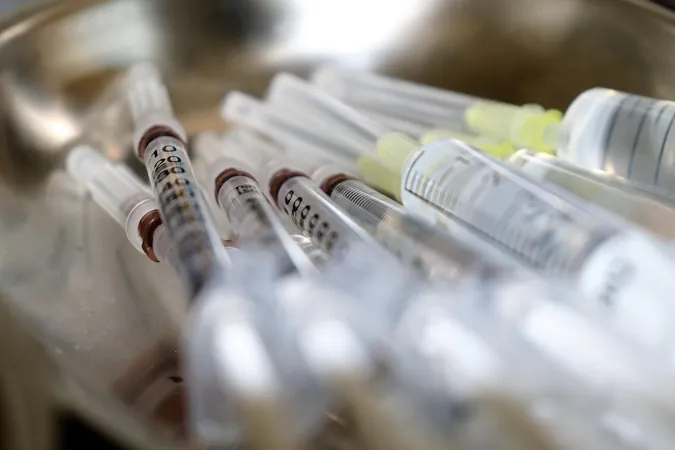
Could Hospital Germs Be the Key to Tackling Plastic Pollution?
2025-05-26
Author: Jacob
Plastic pollution is one of the most pressing environmental issues today, and surprisingly, tiny organisms may hold the solution.
Recent discoveries by microbiologists have revealed that certain bacteria can not only break down different types of plastic but could also pave the way for more sustainable waste management.
These so-called "plastic-eating" microbes might one day help reduce the vast amounts of waste choking landfills and oceans. However, they come with caveats; in certain environments, these bacteria could create significant problems.
The Unexpected Link Between Plastic and Hospital Germs
In hospitals, plastic is ubiquitous, used in sutures, wound dressings, and implants. This raises the question: could hospital bacteria potentially break down and 'feed' on plastic?
To investigate, researchers explored the genomes of various known hospital pathogens to identify any plastic-degrading enzymes comparable to those found in environmental microbes.
To their astonishment, they discovered that some strains of the notorious hospital germ, Pseudomonas aeruginosa, possess the ability to degrade plastic.
A Deadly Bacterium with a New Talent
Pseudomonas aeruginosa is responsible for approximately 559,000 deaths worldwide each year, primarily through hospital-acquired infections in patients with compromised immune systems.
Ventilator patients, those with open wounds, and individuals using catheters are particularly vulnerable to infections caused by this bacterium.
Researchers proceeded from their initial data analysis to laboratory tests, focusing on a specific strain of Pseudomonas aeruginosa from a patient with a wound infection. Remarkably, they found that this strain not only degraded plastic but also utilized it as a food source for growth, driven by an enzyme they named Pap1.
The Biofilm Connection: Plastic as a Shield
Designated a 'high-priority pathogen' by the World Health Organization, Pseudomonas aeruginosa is notorious for forming resilient biofilms that can shield it from immune responses and antibiotic treatments.
Prior research indicated that environmental bacteria enhanced their plastic degradation capabilities by forming biofilms. The researchers wondered if the plastic-degrading enzyme would make Pseudomonas aeruginosa an even more effective pathogen.
The results were alarming—this enzyme did indeed enhance the bacterium's harmfulness and allowed it to create larger biofilms. Upon examining the structure of these biofilms, they found that Pseudomonas was incorporating the broken-down plastic as a sort of 'cement', thus strengthening its protective community.
Implications for Medical Treatments
Given that plastics are integral to many medical treatments—such as orthopedic implants, catheters, and burn treatment pads—the implications of these findings are serious. A pathogen capable of degrading plastic poses a significant risk, potentially leading to treatment failures and worsened patient conditions.
Fortunately, researchers are exploring solutions, including the addition of antimicrobial substances to medical plastics to thwart bacterial growth. However, this new knowledge about certain germs and their plastic-degrading capabilities will necessitate a reevaluation of materials used in medical settings.
As plastic pollution continues to be a global crisis, could these hospital germs inadvertently offer a path forward? The implications are both fascinating and troubling, signaling a new frontier in the battle against plastic waste.
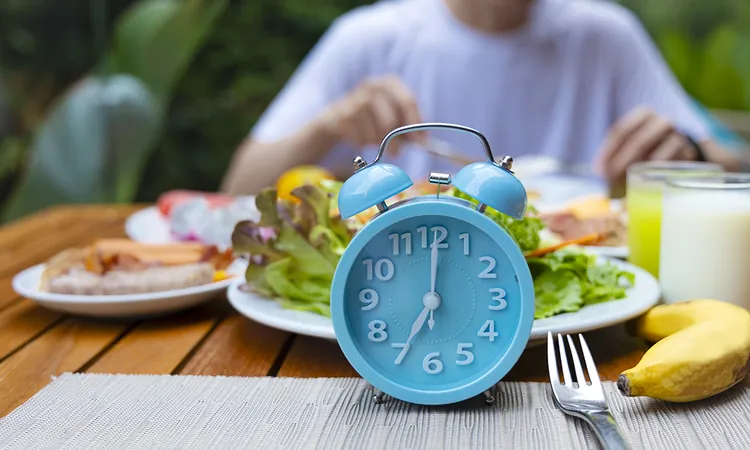
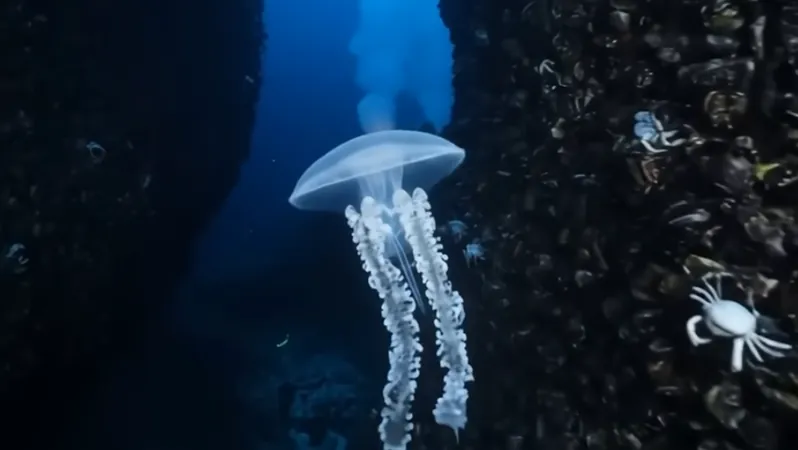

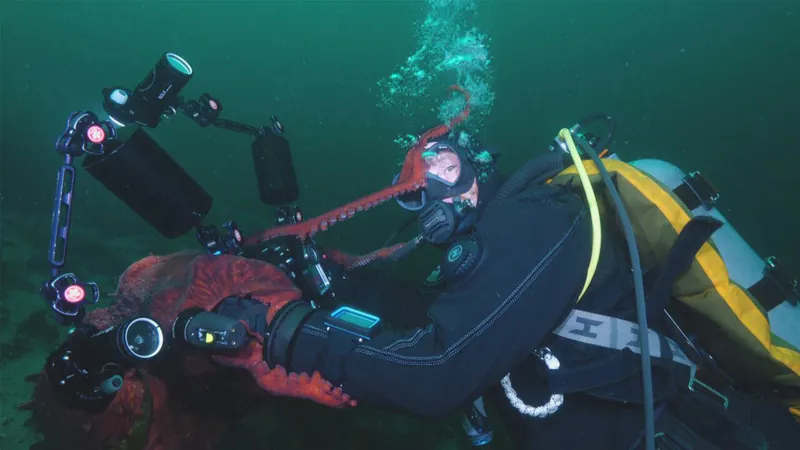


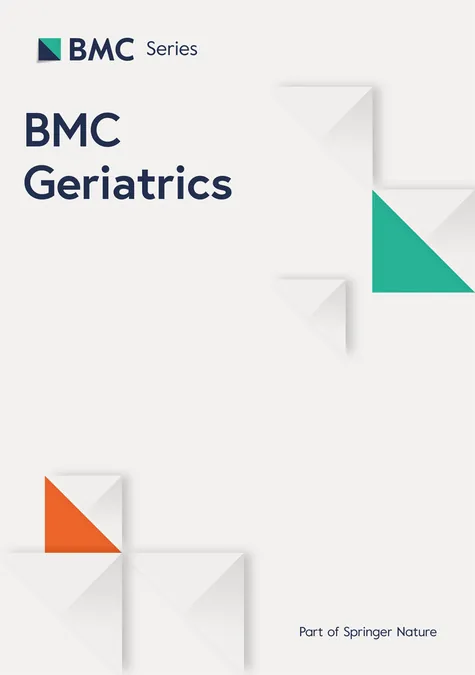
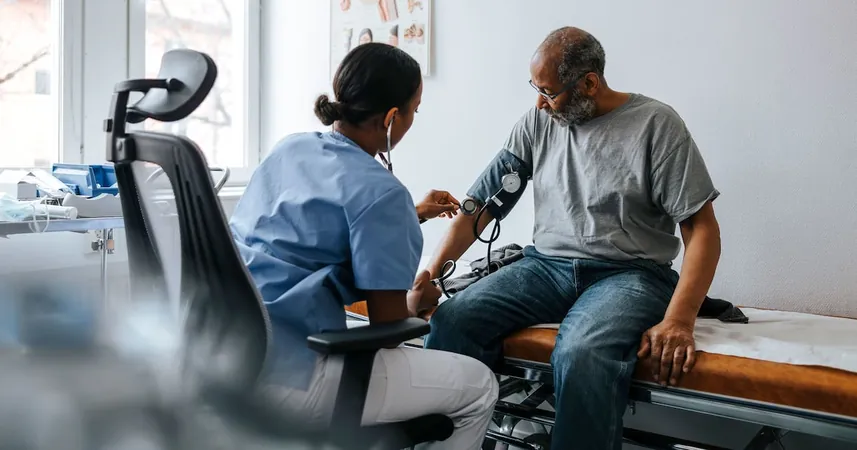

 Brasil (PT)
Brasil (PT)
 Canada (EN)
Canada (EN)
 Chile (ES)
Chile (ES)
 Česko (CS)
Česko (CS)
 대한민국 (KO)
대한민국 (KO)
 España (ES)
España (ES)
 France (FR)
France (FR)
 Hong Kong (EN)
Hong Kong (EN)
 Italia (IT)
Italia (IT)
 日本 (JA)
日本 (JA)
 Magyarország (HU)
Magyarország (HU)
 Norge (NO)
Norge (NO)
 Polska (PL)
Polska (PL)
 Schweiz (DE)
Schweiz (DE)
 Singapore (EN)
Singapore (EN)
 Sverige (SV)
Sverige (SV)
 Suomi (FI)
Suomi (FI)
 Türkiye (TR)
Türkiye (TR)
 الإمارات العربية المتحدة (AR)
الإمارات العربية المتحدة (AR)